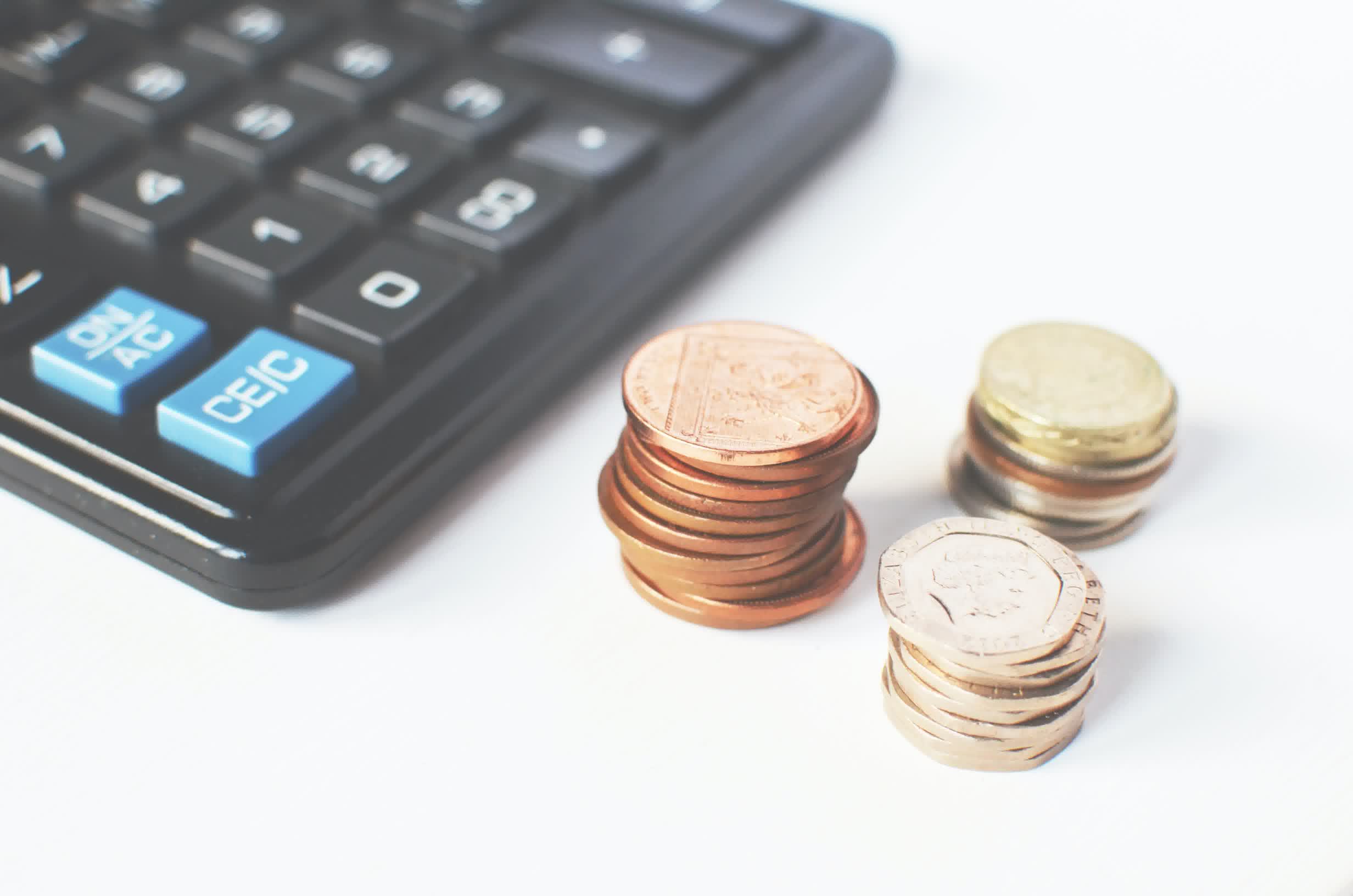Benefits of Budgeting

Sometimes we feel that money is simply passing through our hands, at a faster pace than we can keep track of! At such times, budgeting is a time-tested way of telling us where our money is going.
A budget is for our own personal use, so we can decide to stop budgeting when we feel that we have a handle on our spending habits.
Why and When to Use a Budget
A well-created budget tells us:
- How much we are spending, compared to how much we think we are.
- Our spending efficiency — how much we're spending on one-time-use items versus on long-term-benefit items.
- Spending patterns — average or total monthly or annual expenses.
At the end of the day, the goal of a budget is to help us spend more efficiently and identify ways to save money.
Tips
As we hinted in the introduction, we don't need to maintain a budget forever. Though some of us like tracking expenses everyday (makes us feel good that we're on top of our expenses all the time), for others it feels like a chore. For such people, the trick is to use the budget to learn about our spending triggers and patterns, and then set it aside. We go back to using the budget again only when we feel we're losing track of where our money is going. If we find ourselves needing to go back to the budget often, it may be a sign that our spending pattern is too disorganized and that we indeed need to follow a budget for a longer period!
We don't need to create a budget for all our expenses. If we're confident about some areas and want to get a handle on some others, create a budget only for the problem areas. That way, we don't need to enter every expense into it.
Our budget is for our eyes only, so we need to be honest and diligent in keeping it accurate. The more accurately we track our actual expenses, the more we can learn from it.
To avoid being overwhelmed by the budgeting process, we keep the budget at a high level, listing only the main and problem categories. Once we track expenses at this level, we can then decide if any specific category needs to be expanded into sub-categories.
Structure of a Budget
A budget consists of three main parts — the envelope, the actuals, and the report.
Envelope
The envelope lists the expense categories (groceries, travel, health care, etc.), specifying the maximum amount we should be spending in each of these categories. Expense categories are simply that — areas where we spend money. Examples: health care, clothes, travel, home loan, entertainment, etc.We also tag each category with an expense-type group tag. Expense-type groups indicate whether an expense benefits us for a short time or for a long time. Accordingly, the group tags are "short-term", "medium-term" and "long-term".
Here's how we define the groups:
- Short-term — If what we buy is useful only once and cannot be reused. For example: eating out; taking a taxi every time; living in a hotel (paying daily rent).
- Medium-term — If we can use our purchase multiple times for some time. Examples: buying groceries and using it to cook several meals; renting a car; renting a home (slightly better than living in a hotel and paying daily rent).
- Long-term — we buy once and use it for a long time. Examples are: buying clothes (we can wear them for several years); buying a car; buying a home (we live there for several years).
The idea is to tag each of our expense categories with the appropriate group tag in the budget template, so that the budget report can tell us how efficiently we are spending our money.
Note that expense type group definitions are subjective, situational and personal. What is short-term for one person or in one context could be a valid and efficient way of spending for another person. We define groups in a way that makes sense for us.
Some budget templates allow us to define these groups; in some, we just need to add a note or tag to the expense categories ourselves.
Once we're happy with the envelope, we don't (and shouldn't) need to modify it.
Actuals
The actuals is where we track our actual expenses. This has two parts. One part is the recurring actuals. Here we define expenses with a fixed amount that happen periodically (e.g., rent, mortgage, insurance) so that we don't have to enter it into the budget every time. The daily actuals is where we enter our daily expenses.
Report
The report generated by the budget summarizes our spending (weekly and monthly, total and average) in each category. It also includes an efficiency report that tells us how much of our spending went towards long-term reusable items.
Creating a Budget
Though we can of course create our own budget templates, it is much simpler to use one that is already available online — there are several excellent Excel spreadsheets and Google Sheets. Search online to find one that you like. Here are just a few (we are not affiliated with the creators of any of these):
Summary
We took a brief look at budgeting. We learnt that maintaining a budget for some time is a good way for us to learn about our own spending habits and use that knowledge to identify areas where we can either save money outright or convert short-term expenses into longer-term ones and save money in the long run.